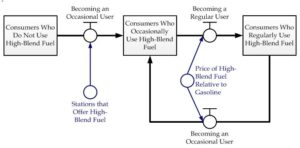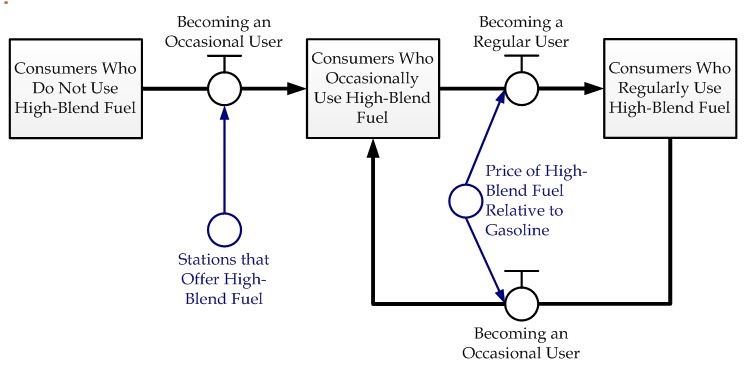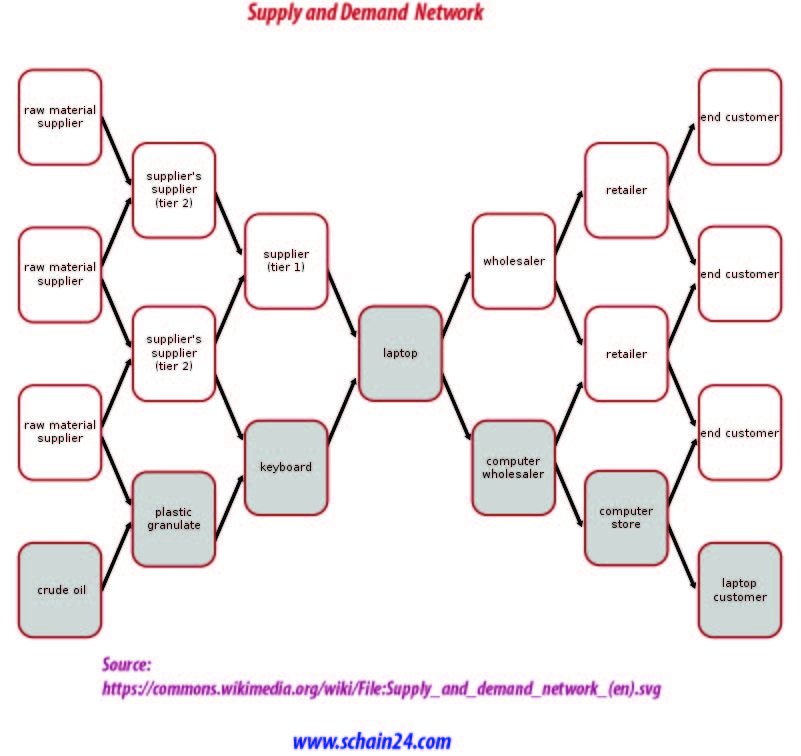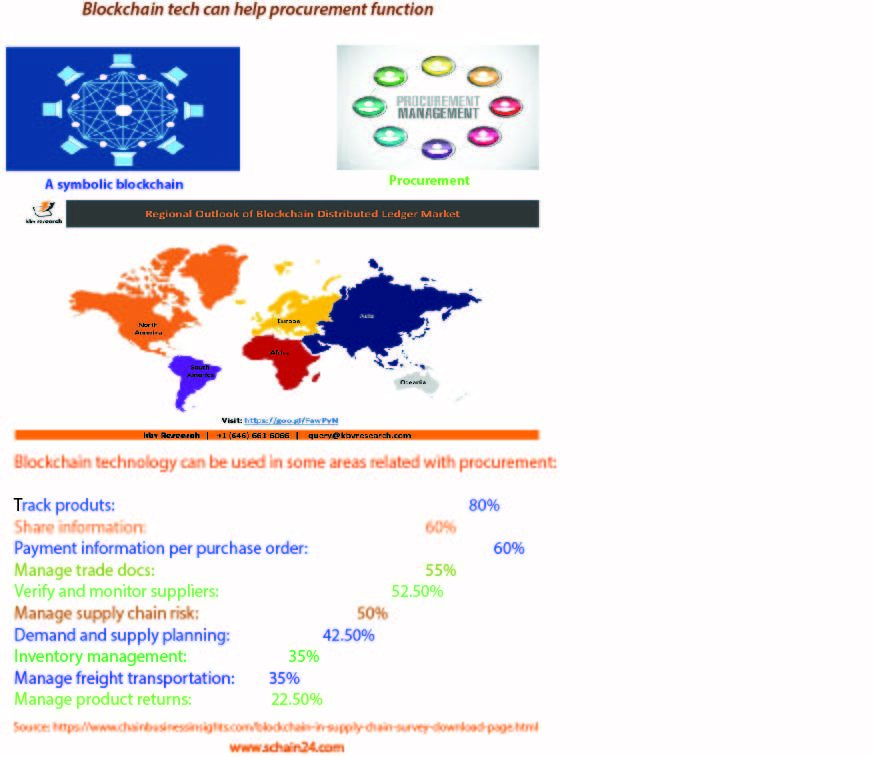Abstract:
Revenue Management is the use of pricing to increase profit, although supply is limited in a supply chain asset. To increase the profit margin Supply Chain Managers must use all the levers available, including price. Ideas from revenue management suggest that firstly managers should use pricing as a lever, then they can proceed with the increase or eliminate assets. Third type of approach he can adopt is at high demand season, he can take lower price, and low demand season, he can take higher price. Revenue management increases profits by finding correct balance between bulk price and spot market selling. Prices must be set with a barrier that the segment willing to pay higher price is not able to pay the lower price. The amount of the assets reserved for the higher price segment is such that it equals the lower price segment.
Keywords: Revenue, Pricing, Supply chain management etc.
Introduction:
Revenue Management is used for differential pricing to better match supply and demand, at the same time, increases supply chain profits. In a more traditional approach, firms aimed to reduce supply /demand imbalance by changing the availability of assets. While revenue management approach in modern supply chain management uses prices as a lever to reduce supply and demand imbalance. This is considered to be a broader approach, and can be more profitable to the firm. Supply Chain Managers have to manage demand and supply to increase supply chain profits.
The Supply and Demand situation:
The Supply and Demand situation:
While altered the inventory and capacity, it can eventually change available supply. Advertising, marketing can be used to increase demand. Other levers, such as pricing can be used to increase profits by better matching supply and demand. Revenue Management is the use of pricing to increase profit, although supply is limited in a supply chain asset. Supply Chain assets are available in the form of capacity and inventory. Capacity assets provide production, storage, and transportation .Inventory assets involve product availability.
The Profit Margin:

Operations and Supply Chain Management
To increase the profit margin Supply Chain Managers must use all the levers available, including price. The basic role of revenue management is to increase profit. A more traditional view is that firms have to reinvest or eliminate in assets to reduce supply and demand imbalance. When companies’ growth possibility increases the firm builds new capacity. When decreased they shut down some capacity. Ideas from revenue management suggest that firstly managers should use pricing as a lever, then they can proceed with the increase or eliminate assets.
An Example of a pickup van provider:
We may consider the example of a pickup and delivery company who has 15 numbers pick up vehicles. They can take a few different approaches to use pricing a lever for balancing supply and demand. In case, he has surplus vehicles, he can take some measure to advertise about his delivery system. But he can do much more. He can charge for lower price who book in advance and he can take a higher price from those who ask for pick up van at last minute. Third type of approach he can adopt is at high demand season, he can take lower price, and low demand season, he can take a higher price. This is nothing but strategy based on product availability, customer demand etc. On the other hand, this is a strategy which results in higher supply chain profit than a price of the whole duration of sales season.
Revenue Management strategies:
All of these above mentioned strategies that use differential pricing are important levers to maximize supply chain earnings. These strategies are used based customer segment, timing, and product or capacity availability. The impact on supply chain performance can be significant. These strategies are applied in situations, when (a) in different segments, the value of product varies. Demand is different in the sales season .Products usually sold in bulk proportion and on the spot also. Airline seats are good example of this kind of market. An airline can extract higher price from the business traveler. As this policy is applied this airline can earn more. More than an airline, that charges same price from all travelers.
Long term and spot market customers:
Every unit and every product of capacity can be sold both in the bulk and in the spot market. Bulk selling may be convenient. But it is usually needed to sell in a lower price. On the other hand, spot market sales bear higher price. Revenue management increases profits by finding correct balance between bulk price and spot market selling. Revenue management can have a similar impact on all stages of supply chain that satisfy above mentioned condition identified before. Prices must be set with a barrier that the segment willing to pay higher price is not able to pay the lower price. The amount of the assets reserved for the higher price segment is such that it equals the lower price segment.
Conclusion:
We should have a proper knowledge to handle operations and supply chain management as a supply chain manager. The strategies should be decided in a well-thought manner.
Further reading:
1.Christopher, Martin and Peck,Helen.(2004).”BUILDING THE RESILIENT SUPPLY CHAIN”.International Journal of Logistics Management, Vol. 15, No. 2, pp1-13, 2004
2. Talluri, K., and van Ryzin, G. (1999) Revenue Management: Research Overview and Prospects. Transportation Science 33:233-256.





